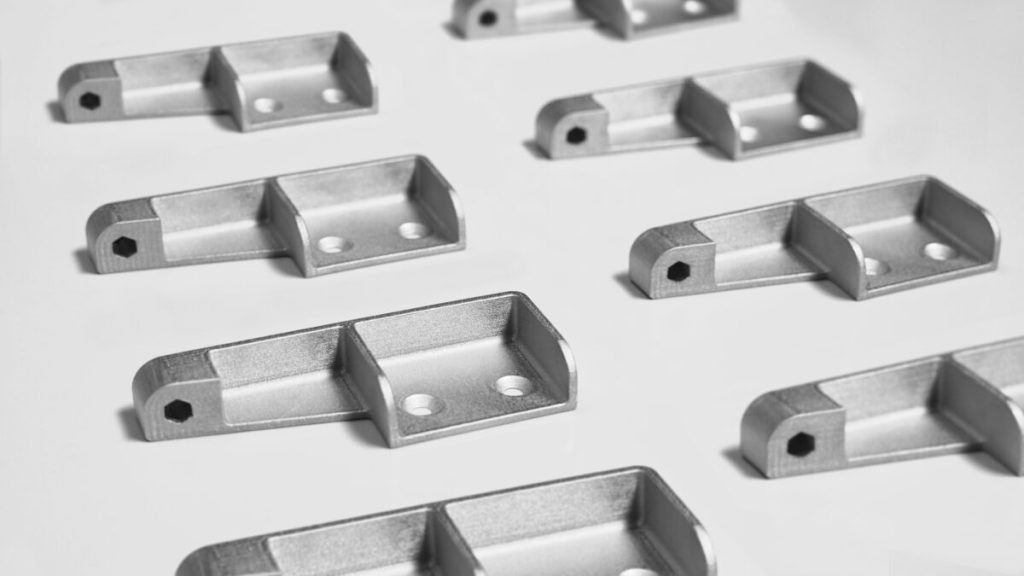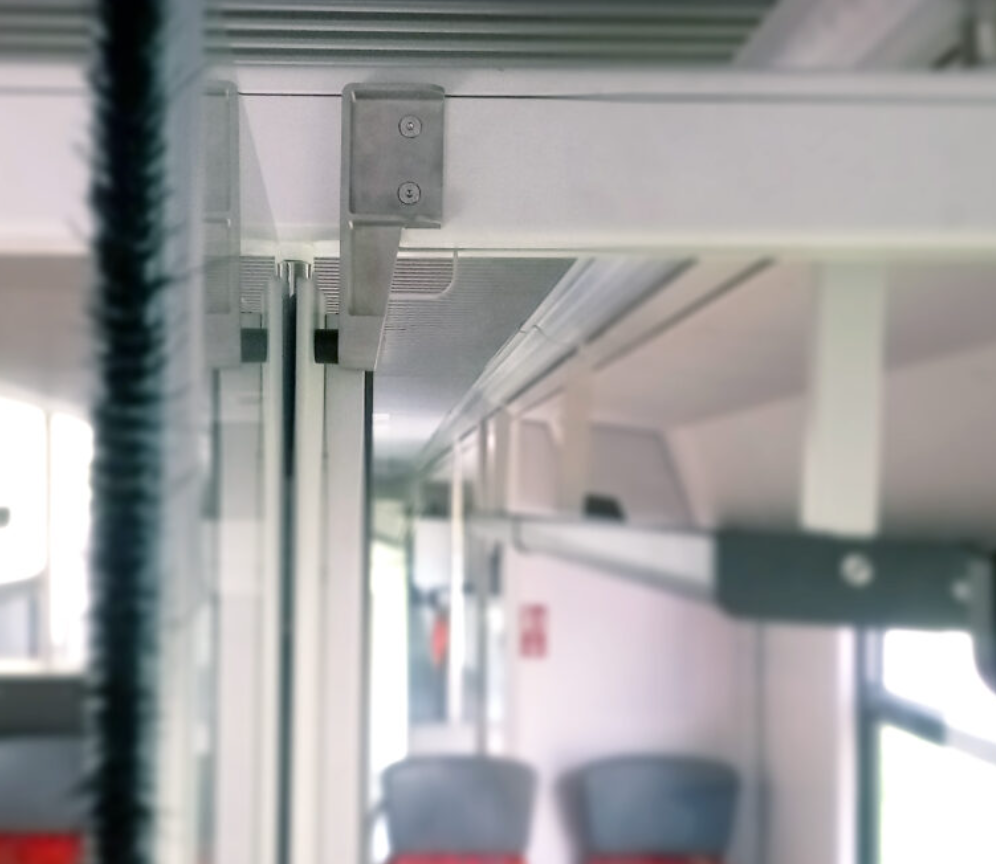Alstom, a France-based rolling stock manufacturer, has begun using Replique’s on-demand 3D printing services for its industrial series production applications.
The firm has chosen to digitize a portion of its supply chain, citing manufacturing flexibility, shorter lead times, and lower costs as primary factors for the decision. With help from Replique, Alstom can produce small batches of metal components for its trains in a decentralized manner, enabling the firm to better address the local needs of clients worldwide.
Leveraging the recent partnership, Alstom has already received and installed its first set of visible 3D printed train parts: door stoppers made of stainless steel.
Ben Boese, 3D Printing Hub Manager at Alstom Transport Deutschland, said, “Additive manufacturing is now a key part of our supply chain. With Replique, we benefit from 3D printing and materials expertise, as well as a decentralized manufacturing network covering all relevant locations and technologies. Their end-to-end services enable us to respond faster and more cost-effectively to different customer requirements.”

Additive manufacturing in rolling stock
In the rolling stock sector, train systems comprise a large number of individual moving parts. Alstom, specifically, operates multi-nationally and each of its trains has its own set of part requirements.
With conventional manufacturing, even small batches of parts will inevitably require molds and other tooling, which can result in high upfront manufacturing costs and excessively long delivery times.
Additive manufacturing can help solve these challenges, enabling on-demand fabrication with cost-efficiency, regardless of batch size. While this may be the first time Alstom is turning to 3D printing for series production, the company has in fact utilized the technology for spare part applications in the past.
“The additive manufacturing market is still very fragmented, which makes it impossible for end users to find an optimal solution for each part,” adds Boese. “With Replique, we benefit from all major additive manufacturing technologies and materials from a single source. In addition, we receive optimal technological preparation.”
Streamlining door stopper 3D printing
As part of a customer project, Alstom was in need of several door stoppers for a partition designed to separate first and second class on a diesel train carriage. The relatively tiny production volume called for the use of Replique’s on-demand 3D printing services, and Replique even helped Alstom with process and material selection.
The printed parts needed to be both durable and aesthetic, seeing as they would serve their function over the entire service life of the train, while in full view of passengers. The pair eventually settled on FFF 3D printing with BASF Forward AM’s Ultrafuse 316L stainless steel filament, as this proved to be significantly more cost-efficient than metal powder bed fusion. Once 3D printed, the door stoppers went through a process of debinding and sintering to achieve the final, fully-dense metal parts.
Replique managed to qualify and deliver the door stoppers within just 1.5 months. During this time, the build went through initial sample testing, assembly, and final approval for series production.
“We were able to produce the doorstopper in a cost-neutral manner compared to conventional methods. Within the near future, we plan to further exploit the technology’s potential by creating topology-optimized designs of new parts, or even make them lighter by using reduced infill,” concludes Boese.

Alstom isn’t the first company to leverage additive manufacturing technology in the transport sector. In May, China-based 3D printer manufacturer Eplus3D made its railway debut with a set of custom 3D printed brake discs. Working closely with an unnamed railway company, the firm used its large-format EP-M650 system to 3D print the end-use parts using 24CrNiMo alloy steel, which measured Φ 648 x 90mm³ each.
Elsewhere, Kimya, the additive manufacturing materials arm of technology company ARMOR, used 3D printing to produce an obsolete protective cover component for a railway supplier. Developed back in 1982, the mold for the cover no longer existed so the spare parts had to be redesigned from scratch before being 3D printed in PEEK.
Subscribe to the 3D Printing Industry newsletter for the latest news in additive manufacturing. You can also stay connected by following us on Twitter, liking us on Facebook, and tuning into the 3D Printing Industry YouTube Channel.
Looking for a career in additive manufacturing? Visit 3D Printing Jobs for a selection of roles in the industry.
Featured image shows Alstom’s 3D printed stainless steel door stoppers. Photo via Replique.


